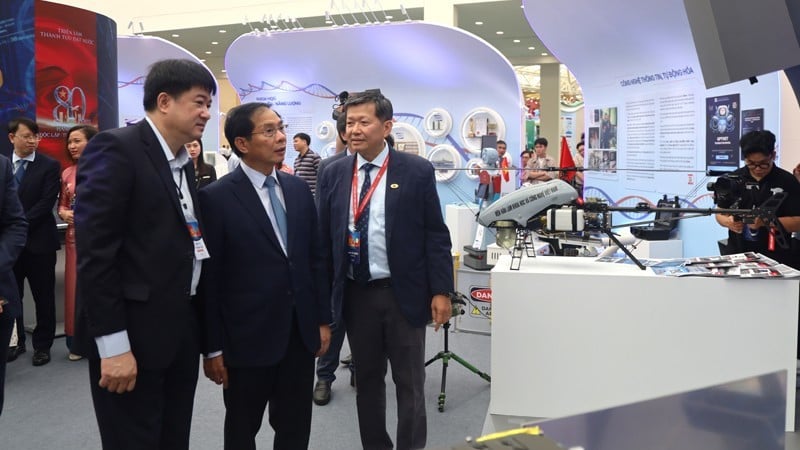
On the morning of August 28, at the National Exhibition Center (Dong Anh Commune, Hanoi), the Vietnam Academy of Science and Technology (VAST) organized the Exhibition "Vietnam Academy of Science and Technology - a place where scientific and technological achievements converge". This event is part of the Exhibition of National Achievements on the occasion of the 80th anniversary of National Day (September 2, 1945 - September 2, 2025).
Attending the exhibition were Professor, Dr. Chu Hoang Ha, Vice President of the Vietnam Academy of Science and Technology, and leaders of units of the Academy including: Associate Professor, Dr. Phan Tien Dung, Head of the Department of Technology Application and Deployment; Associate Professor, Dr. Nguyen Vu Giang, Deputy Director of the Institute of Materials Science; Dr. Do Hoang Tung, Deputy Director of the Institute of Physics...

The exhibition space of the Vietnam Academy of Science and Technology takes the image of the brain as the control center of all human activities, divided into many "lobes", corresponding to the fields of natural sciences such as: Basic research and training; Earth science; life science; materials-energy technology; environmental technology; information technology and automation; space technology and from there to cooperation for development. Each exhibition area is symbolic, at the same time containing practical stories, demonstrating the creativity of Vietnamese intelligence.

According to Associate Professor, Dr. Phan Tien Dung, Head of Technology Application and Deployment Department, the exhibition of the Academy consists of two parts: Historical tunnel, exhibition space and highlights.
In the Historical Tunnel section, the documents and images on display recreate the process of building and developing the Academy as the leading scientific research institution in the country, with the task of implementing basic research, applying and applying scientific and technological advances to serve the sustainable development of the country. In 50 years of building and developing, the Academy has had four leaders, all of whom are outstanding scientists of the time such as: Professor, Academician Tran Dai Nghia (1975-1983), Professor, Academician Nguyen Van Hieu (1983-1994), Professor, Academician Dang Vu Minh (1994-2008), Professor, Academician Chau Van Minh (2008-present).

The process of formation and development of the Academy has gone through the following milestones: From May 20, 1975, the Government Council (now the Government) issued Decree No. 118/CP to establish the Vietnam Academy of Science, through stages and name changes until February 26, 2025, Decree No. 38/2025/ND-CP of the Government stipulates the functions, tasks, powers and organizational structure of the Vietnam Academy of Science and Technology. Currently, the Academy has 3,498 staff, including 224 Professors and Associate Professors, 916 Doctors of Science and PhDs. 24 affiliated units.
Regarding the exhibition space and highlights, the Academy's exhibition area is designed into eight thematic zones, corresponding to eight typical pillars of science and technology:
The first division - Division "Basic Research and Training" has affirmed that basic research is the strength of the Academy, with many fields reaching advanced levels in the region and internationally. A typical example is the mathematical work of Professor Hoang Tuy, famous worldwide with the term "Tuy's cut". In the field of physics, Professor Nguyen Van Hieu was awarded the Lenin Prize in 1986 for discovering the law of size invariance in the process of elementary particle generation. He is the only Vietnamese person to receive this prestigious award from the Soviet Union.
Over the past 5 years, the Academy has published over 12,000 scientific works, of which the number of international publications is 8,400, an increase of 73% compared to the previous period, reaching an average of 1,650 international publications per year. The Academy has been granted 292 intellectual property rights (including 09 international patents), an increase of 52% compared to the previous term...

In addition, the training of high-quality human resources has made many remarkable developments, closely linking training and scientific research, and the quality of human resource training is constantly improving. Currently, the Academy has three affiliated training units: Hanoi University of Science and Technology (USTH), the Academy of Science and Technology (GUST), and the Institute of Mathematics recognized by the World Academy of Sciences (TWAS). These are all prestigious and high-quality undergraduate and postgraduate training institutions, meeting the needs of society for training high-quality human resources in the field of science and technology.
Division two- The “Earth Science” section displays highly practical technological solutions, notably the hanging lake technology for collecting water from the cliff – a unique solution to solve the problem of water shortage in highland areas; Earthquake monitoring technology and anti-seismic technology for construction. These solutions have affirmed that the Academy is a leading unit with a long tradition of basic research and application in the field of earth sciences in Vietnam.

The Academy has presided over the implementation of many fundamental and valuable scientific works, typically: Vietnam National Atlas (1996); Atlas of natural conditions and environment of Vietnam's sea and adjacent areas (2009); Atlases of the Central Highlands region through many stages. It is a unit assigned by the Government in the field of natural disaster warning with a modern earthquake monitoring and tsunami warning system. Successfully built a technical dossier to submit to UNESCO to recognize Ha Long Bay - Cat Ba Archipelago as a World Natural Heritage in 2023...
Third Division- The “Life Sciences” section shows the results of the Academy’s comprehensive investigation and monitoring of Vietnam’s biodiversity, and describes nearly 10,000 species of animals and plants, discovers 1,500 new species for science (Vietnam’s Fauna and Flora Book), and evaluates 1,400 endangered and rare species (Vietnam’s Red Book). Conducts a comprehensive investigation of the current status and changes in biodiversity in Vietnam’s coastal ecosystems. The Institute is also the first unit to conduct research on molecular biology and gene technology, application and development in building the genomes of organisms and humans, selecting and creating CRISPR-Cas9 gene-edited crop varieties, new-generation vaccines, identification of martyrs’ remains, human genetic diseases, etc.
The fourth section - "Materials Science - Energy" section displays new materials products with practical applications in life. This further affirms that the Academy is a pioneer in researching materials and nanotechnology in Vietnam since 1997 and is the country's leader in the fields of research and development of materials and technology applied to the defense industry (special performance metals); material protection (advanced coatings); safety assurance (fireproof, radiation); health care (biomedical materials); energy (renewable, hydrogen); agriculture; sensors; assessment of properties and reliability of materials... Regarding high-level basic research in materials science in the past 10 years, the Institute has over 1,500 international publications in prestigious international journals, approaching the research level of countries with advanced science (NIMS-Japan, KIMS-Korea)...
The fifth zone - "Environmental Technology" zone, introduces environmental cleaning technology solutions, plasma water filtration technology... Specifically, the typical results of the Academy have coordinated with the Ministry of National Defense to successfully clean up 3,384m³ of dioxin-contaminated soil using biodegradation technology in landfills at Bien Hoa Airport. Transferred to the Chemical Command, Ministry of National Defense biodegradation technology and coordinated to successfully bio-treat more than 7,000m³ of contaminated soil, exceeding the plan at A So Airport (A Luoi, Thua Thien Hue). Proposed to change the solution for dumping dredging waste materials in the sea of Vinh Tan thermal power industrial area, Binh Thuan province (now Lam Dong province). Assessed the environmental carrying capacity of some typical coastal water bodies of Vietnam...
The sixth division - Division "Information Technology and Automation", recreates the period in the early 1980s, when the Academy was the unit that successfully assembled the first PC computers in Vietnam VT80, VT83, VT84, VT86. In the period of 1992-1993, the Academy was the first unit in Vietnam to test-connect to the international Internet. In 1994, the Academy and the Ministry of Science, Technology and Environment (now the Ministry of Science and Technology) reached an agreement to register the domain name ".vn" with the international Internet domain name management organization. The first email from Prime Minister Vo Van Kiet to Swedish Prime Minister Carl Bildt in 1994 was sent through the Academy. Currently, the Academy has integrated industrial automation/control technology (OT) with digital technology (IT), compatible with SCADA, DCS industrial equipment and standard industrial transmission protocols. Technology solution for monitoring and centrally controlling industrial equipment and robots via IoT and Cloud platform.
The seventh section - "Space Technology" section, displays models introducing the achievements of the Academy in gradually mastering the technology of manufacturing satellites and Ground Stations. Specifically, the Academy has successfully manufactured and launched satellites: PicoDragon (1kg), NanoDragon (6kg), MicroDragon (50kg). Up to now, VAST has built infrastructure to allow the production of satellites up to 180kg in Hoa Lac. Currently, Vietnam's first SAR Earth observation satellite, LOTUSat-1, has been completed and is waiting to be launched into orbit. In addition, the Academy is also the leading agency in research and application of space technology in the fields of basic investigation, natural disaster prevention, environmental protection, agriculture and forestry to serve the country's economic and social development.
In the eighth section - the "Development Cooperation" section, the Academy has recorded strong growth in technology transfer activities, commercialization of research results, as well as in expanding international cooperation. In addition to maintaining and developing relations with traditional partners such as Russia, France, Japan, Belarus, Korea, etc. In 2024, the Academy expanded cooperation with many new partners, including the Romanian Academy of Sciences, the Mongolian Academy of Sciences, the Kazakhstan National Academy of Sciences, the Kyrgyzstan National Academy of Sciences, etc.
The exhibition area of the Academy is not only a place to recreate the journey of applied research with great efforts of Vietnamese scientists, but also a strong affirmation: Science and technology are the key driving force for national development in the new era. In the coming time, the Academy aims to continue expanding cooperation with national academies of sciences around the world, aiming to strengthen the training of high-quality human resources and develop research in key areas such as space technology, new materials, artificial intelligence, biotechnology, etc. In particular, the Academy identifies international cooperation as a strategic solution to effectively implement Resolution No. 57-NQ/TW of the Politburo on the development of science, technology, innovation and national digital transformation.
The exhibition runs from August 28 to September 5.
Source: https://nhandan.vn/trien-lam-nhung-thanh-tuu-khoa-hoc-va-cong-nghe-noi-bat-danh-dau-vai-tro-tien-phong-cua-tri-tue-viet-nam-post904430.html



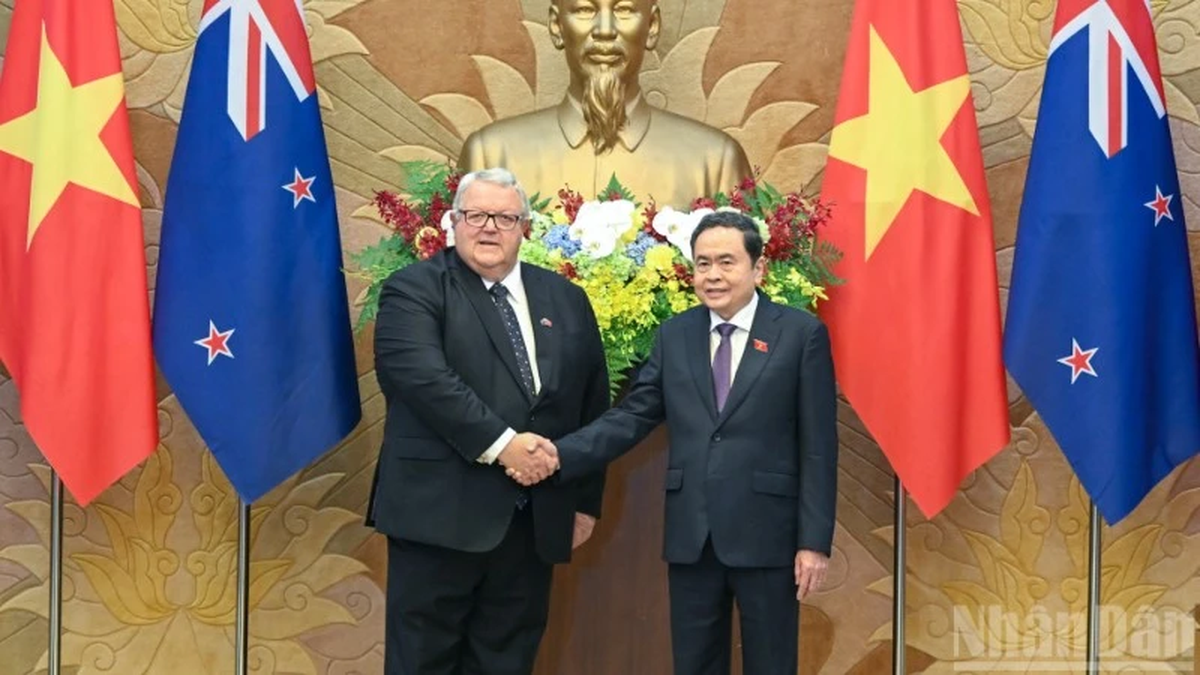
![[Photo] General Secretary To Lam presents the 45-year Party membership badge to comrade Phan Dinh Trac](https://vphoto.vietnam.vn/thumb/1200x675/vietnam/resource/IMAGE/2025/8/28/e2f08c400e504e38ac694bc6142ac331)
![[Photo] Prime Minister Pham Minh Chinh meets with Speaker of the New Zealand Parliament Gerry Brownlee](https://vphoto.vietnam.vn/thumb/1200x675/vietnam/resource/IMAGE/2025/8/28/cec2630220ec49efbb04030e664995db)
![[Photo] General Secretary To Lam attends the opening ceremony of the National Achievements Exhibition](https://vphoto.vietnam.vn/thumb/1200x675/vietnam/resource/IMAGE/2025/8/28/d371751d37634474bb3d91c6f701be7f)
![[Photo] Politburo works with the Standing Committee of Cao Bang Provincial Party Committee and Hue City Party Committee](https://vphoto.vietnam.vn/thumb/1200x675/vietnam/resource/IMAGE/2025/8/28/fee8a847b1ff45188749eb0299c512b2)
![[Photo] Red flag with yellow star flutters in France on National Day September 2](https://vphoto.vietnam.vn/thumb/1200x675/vietnam/resource/IMAGE/2025/8/28/f6fc12215220488bb859230b86b9cc12)
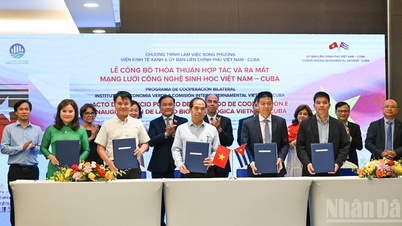
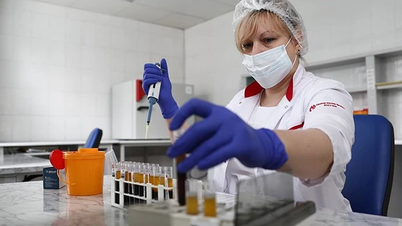









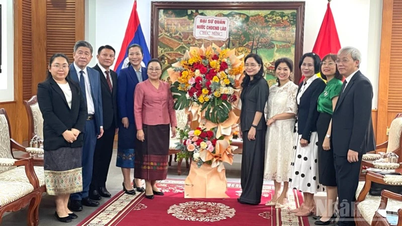
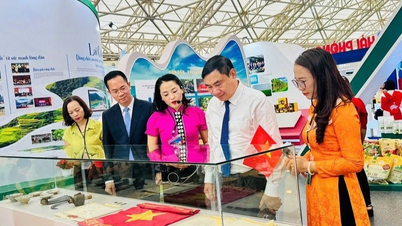
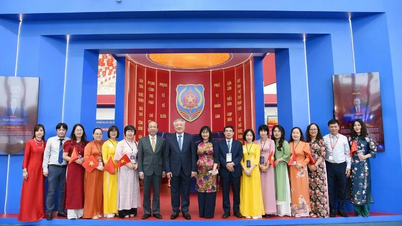
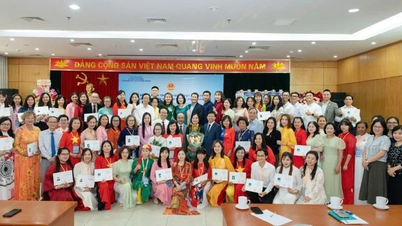
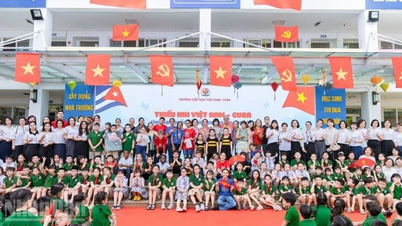
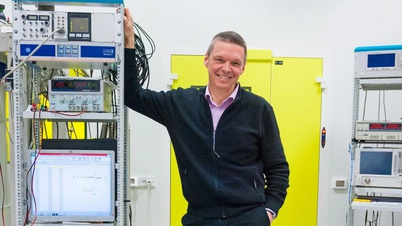

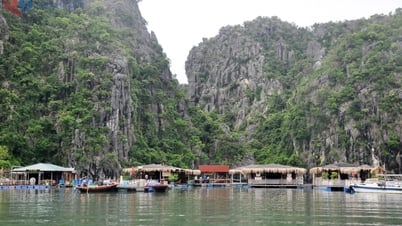

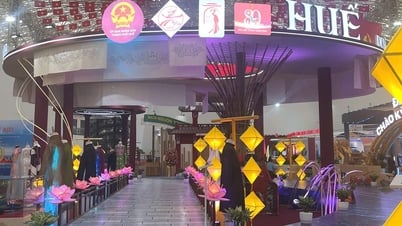

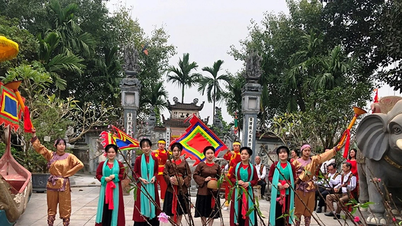





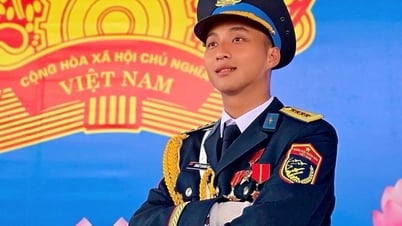

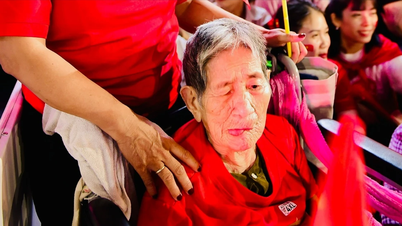

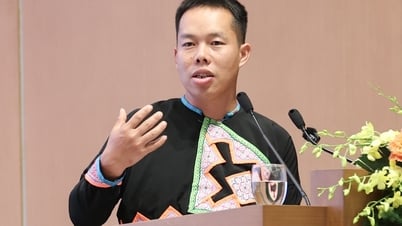

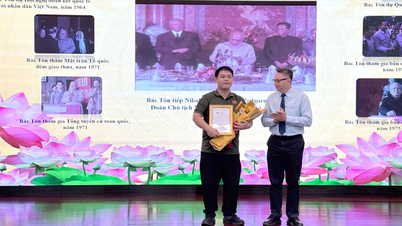

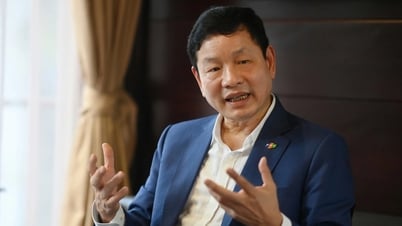


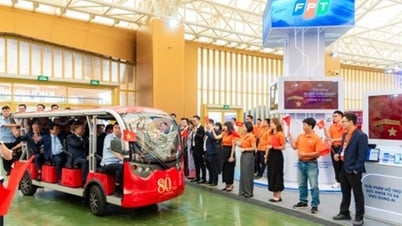

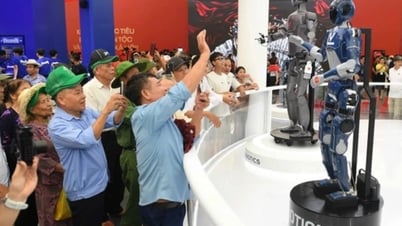
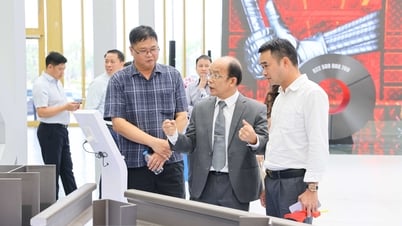
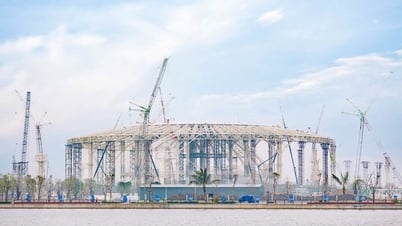
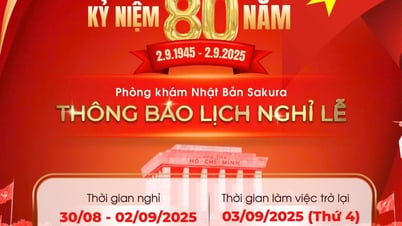
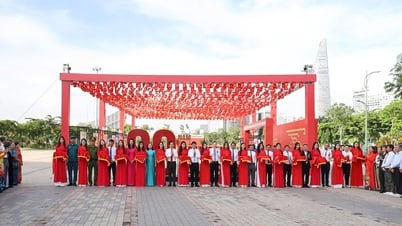
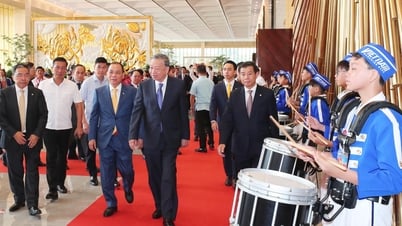

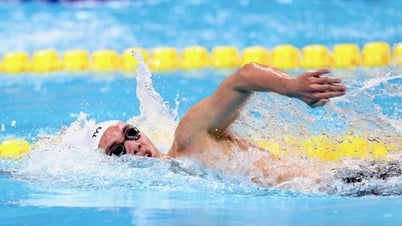
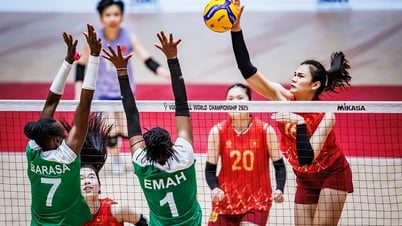




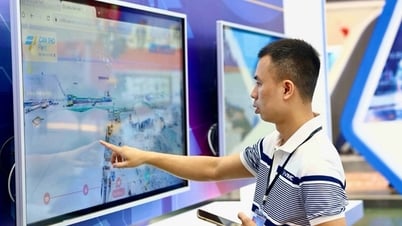






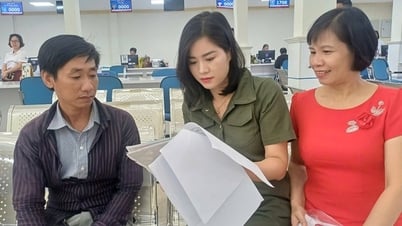
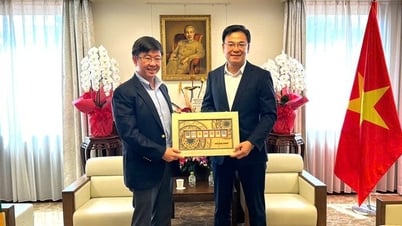
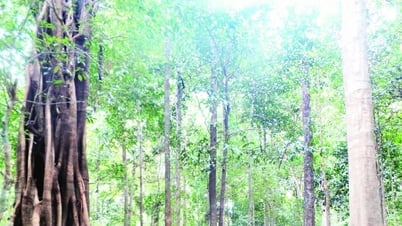

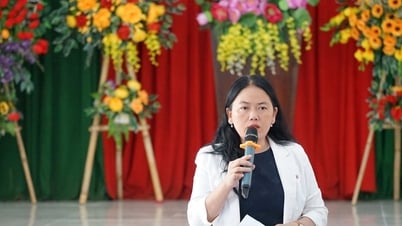
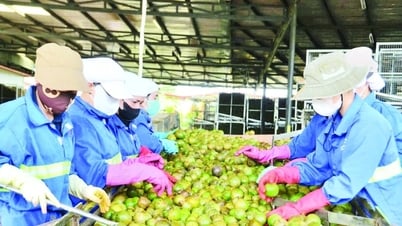
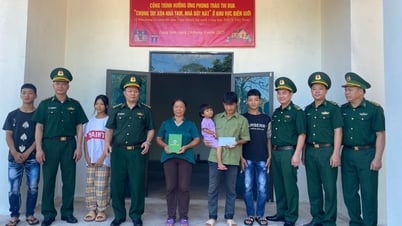

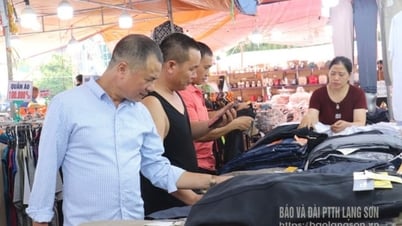
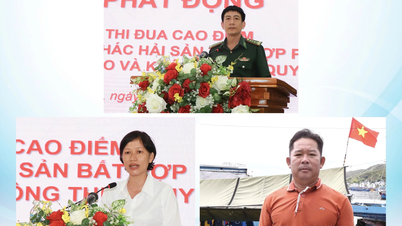

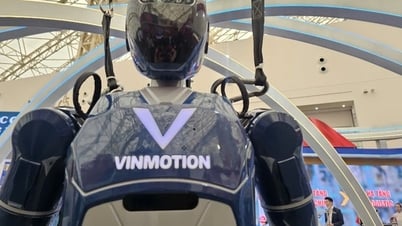

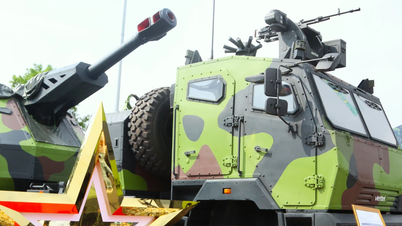
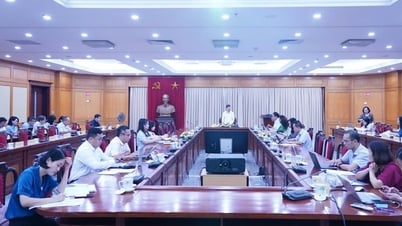
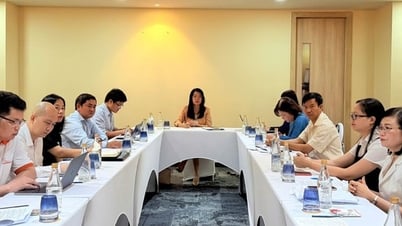
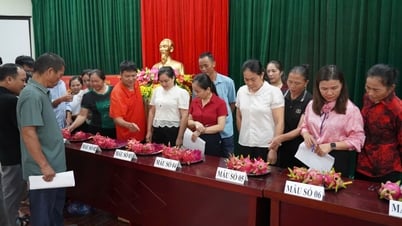

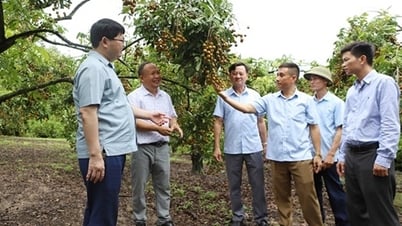




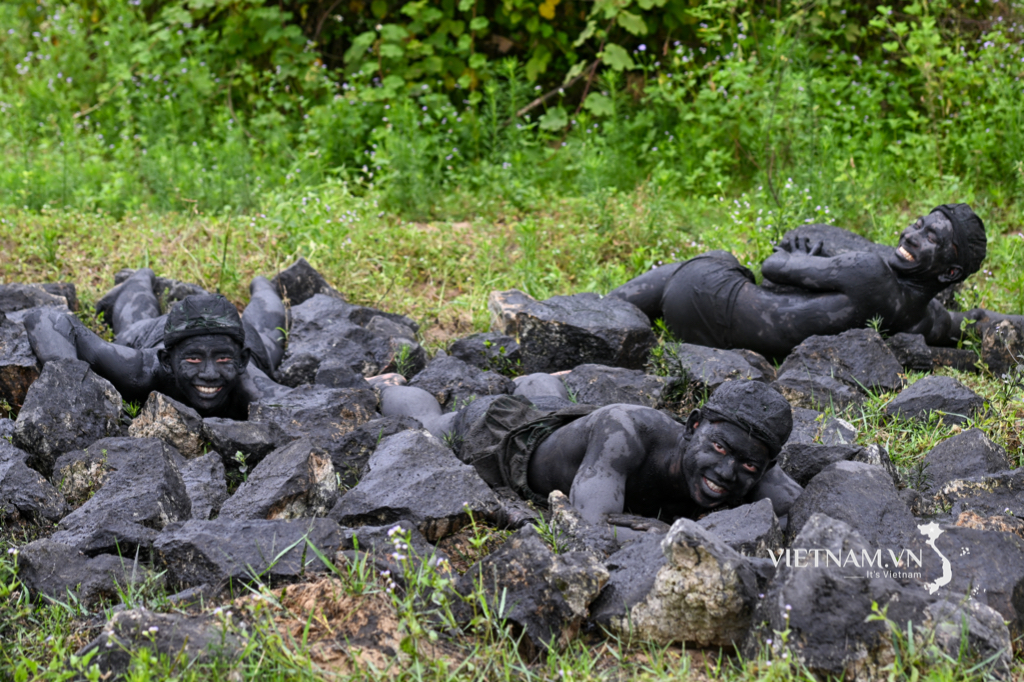
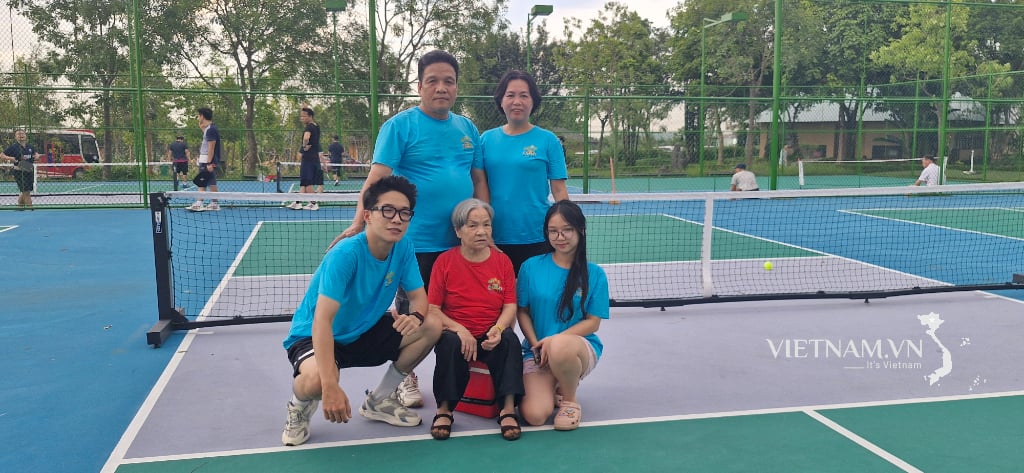
Comment (0)